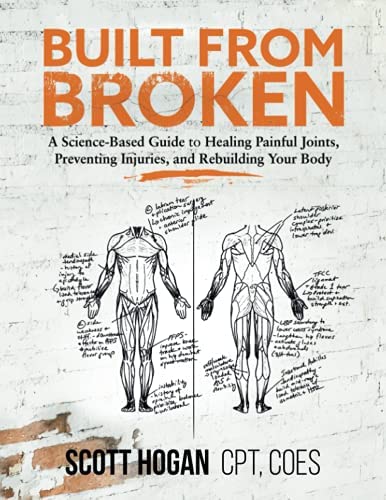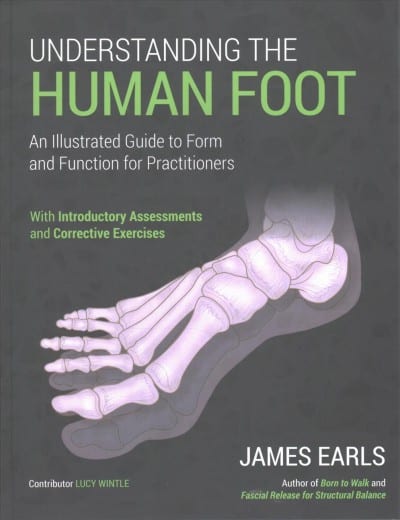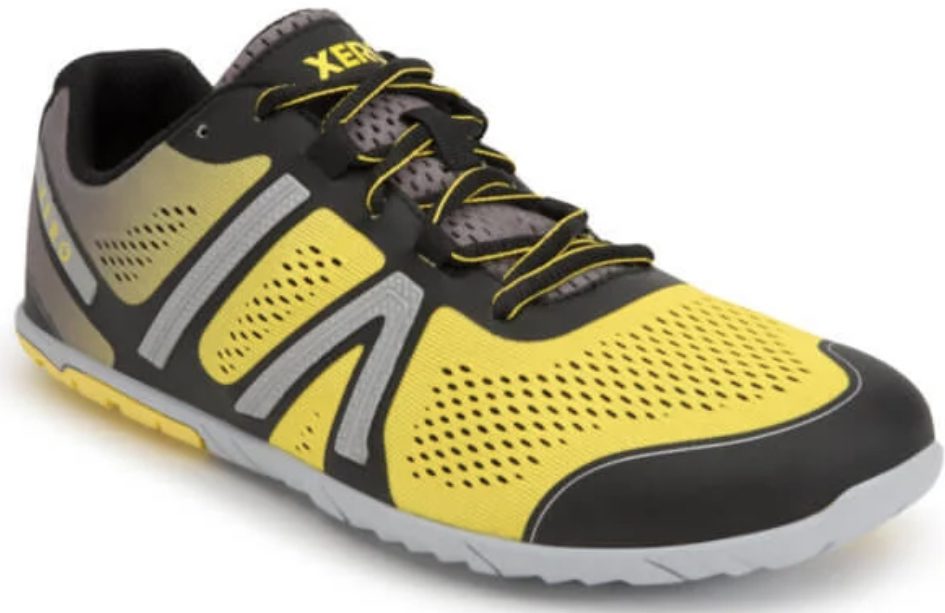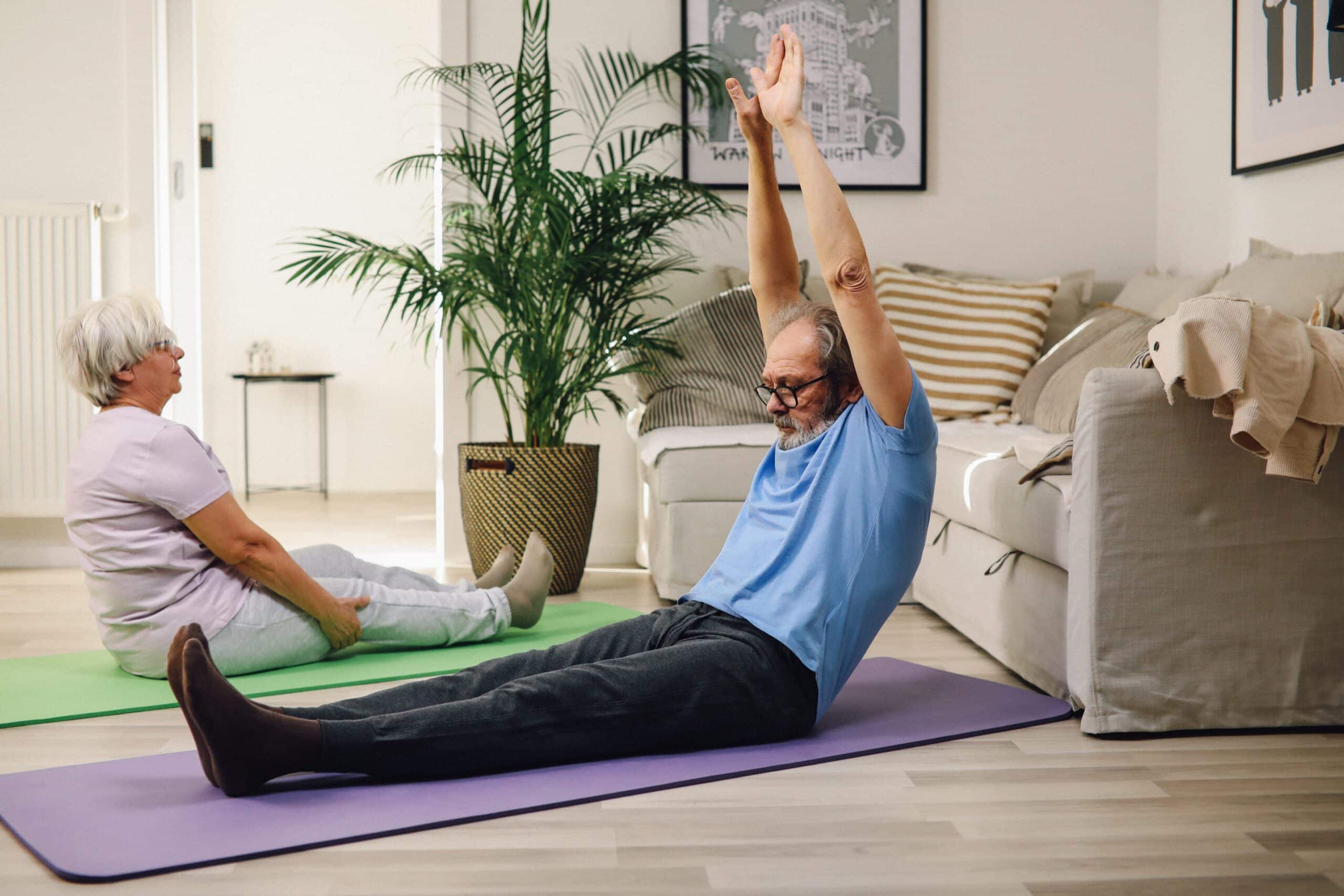There are important reasons why weight-lifters should do Pilates. A good understanding of Pilates principles will increase your overall strength and body awareness, and it can help you avoid injury.
To find out why you should cross-train and get your butt into a Pilates class, read below.
1. You’re not really using your core
I constantly see buff dudes come into my studio who have weak abdominals. They have six-packs, but, according to Pilates, their core is weak.
Simply doing ab work, including obliques, is not using your full, dynamic core. Pilates laser-focuses on using the abdominal muscles you’re probably neglecting, including the iliopsoas, pyrimidalis, and multifidi.
Adding just one day a week of focused Pilates work will keep you safe and increase your power. It will also give you a 3D awareness of your core musculature—belly button all the way to your spine—not just the most obvious 6-pack.
Personal story: I have seen weight lifters who have immense lower back pain because they try to support from their lower back alone instead of their entire core musculature. In one lesson they had the tools for a 3D support of their abdomen, which they could use as soon as they got back into the gym.
2. Your alignments stinks
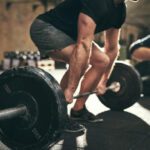
Butt out! Butt in? Shoulders down! Proper form is crucial for power and safety. But can you keep track of that while lifting 180 lbs?
Pilates excels at fixing your alignment, in part because it realizes that alignment needs re-alignment. You’ll learn the muscles to engage so you can keep your pelvis and head in a healthy position.
3. You’re working too hard
Even outside of the gym, we constantly engage muscles we don’t need. People waste energy and create unnecessary stress by bracing through the trapezius and cranking up the deltoids for actions where that’s just not necessary.
Under guidance of a knowledgeable Pilates instructor, you’ll learn to turn down the muscles you don’t need for particular actions.
Pilates will help you achieve maximum use of the agonists and synergists, and minimal interference of the antagonists.
Support book stores! Buy from bookshop.org.
4. Muscular imbalances
Muscular balance is more than pulling as much as you push. And throwing in leg day once a week doesn’t cut it either.
Even if you’re using dumbbells, it’s easy to compensate in ways that create asymmetries. And these imbalances can lead to trouble down the road.
Pilates excels at identifying and correcting not only muscular imbalances, but also your movement patterns that replicate those imbalances.
5. More planes of motion
Let’s face it, most weightlifting has you moving in a very limited range of motion. Much of it is right in front of you, and there’s very little rotation.
And while you may call upon your bench press form to throw a flaming log off your chest one day, chances are that your life will call for a complex range of movements.
Do circumduction and extension of the spine exist in your weight-lifting routine? If not, will you have the form and muscular support to keep you safe when life throws the unexpected at you?

Advice: Take Some Private Lessons
While you can get a lot out of group classes, I’d really recommend you sign up for some private Pilates classes first. The reason is that, as a weight lifter, you probably have some patterns that will need to be relearned, and there’s no substitute for a teacher giving you one-on-one attention there.
A good Pilates instructor will identify and get you started correcting your imbalances in the first lesson. They’ll introduce you to facets of planks that will have you shaking and sweating in no time. And they’ll give you the attention you need to learn habits that will make a safe, stable base for your lifting.
Yes, private lessons cost more. But they’re cheaper than visits to the doctor for throwing your shoulder or back out.
If you’re looking for a good teacher in your area, check out our article: Finding a Pilates Instructor.
Healthy feet…great price!
- Fast shipping for $3-5
- Great variety
- Long-lasting quality
- Add lace-locks for quick changes

Try minimalist shoes from XeroShoes.com!
